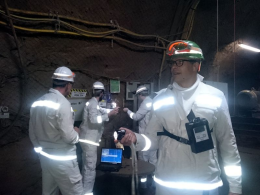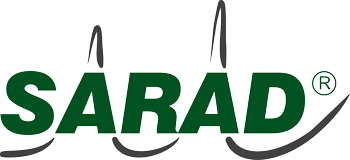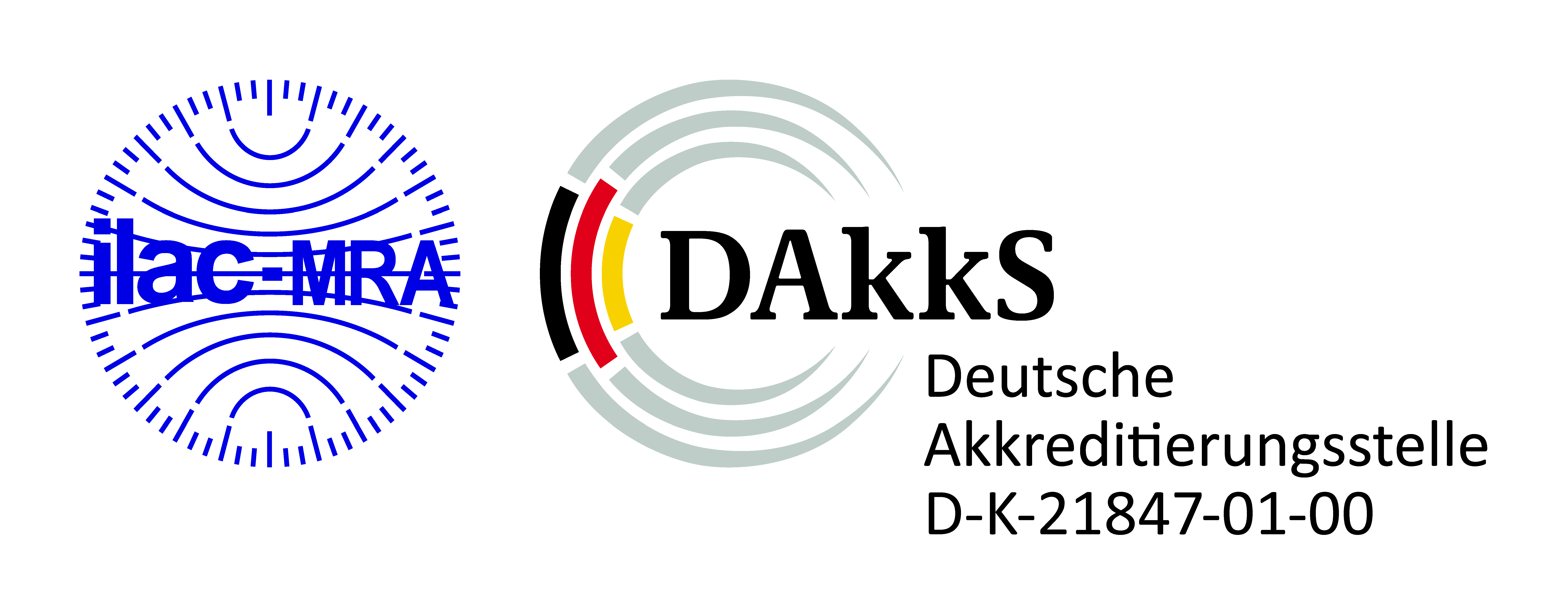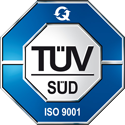Personal dosimetry in uranium mines
In uranium mines, the employees are faced to an increased exposure by radon but primary by radioactive dust (LLRD) generated during extraction and transportation of the ore.
To determine the inhalation dose, personal air samplers are required sucking the sampled air close to the breathing tract. Such an instrument should be small, battery powered, and robust to be worn on the body without constriction of the mobility. Disturbing tubes and cables must be avoided and the noise emission should be as low as possible despite the noisy mining environment.
Other than in most monitoring applications where no activity is expected under normal conditions, a steady contamination takes place in Uranium mines. A small part of the particles will be deposited on the detector surface which is placed directly above the filter. This results in an accumulation of activity over the time appearing as an added background.
In mines, sudden changes of radioactive concentration are not to be expected as this is the case after accidents in nuclear facilities. Therefore, the parameters flow rate and sampling interval determining the detection limit can be fitted to these conditions.
The measurements should deliver the exposure as exactly as possible on the one hand and the time distribution of the exposure on the other hand thus allowing the administrator to identify sites with increased activity to reduce the exposure of employees by careful planning.
The poCAMon (personal online continuous air monitor) was designed for this purpose. The instrument can be worn in a holster on the breast. All components are integrated in a compact housing with the detection head on the top. In this position the air inlet is close to the workers head and the instrument is well protected during the working process at the same time. The flow-regulated rotary vane pump works silently and ensures a homogenous high flow rate resulting in a low detection limit. The device measures the exposure due to uranium dust as well as the concentration of radon daughter products. The dose coefficient, required to calculate the dose, can be adjusted with respect to the local regulations.
A detector protection against contamination can be provided as accessory. A thin foil will be stretched across the detector surface by a clamping ring. The foil can be replaced easily in case of contamination.
In addition to the online measurement, the poCAMon offers a so called filter analysis mode. Then, the instrument works like an alpha spectrometer without pump. The activity of the LLRD collected at the filter can be determined with very high accuracy after an exposure period (e.g. weekly). After starting this procedure, the program waits until the radon daughters are completely decayed and then starts an eight hours measurement of the remaining LLRD activity.
In principle the smaller and lighter MyRIAM (my radioactivity in air monitor) can be used for the same purpose as well. Due to its lower flow rate, the achievable detection limits are significantly above the ones of the poCAMon. There is no measurement of the radon daughter product concentration. The MyRIAM does not contain flow measurement and pump regulation. Therefore, the flow rate should be checked daily by an external sensor available as accessory. Filter analysis mode and contamination protection for the detector are available too.



